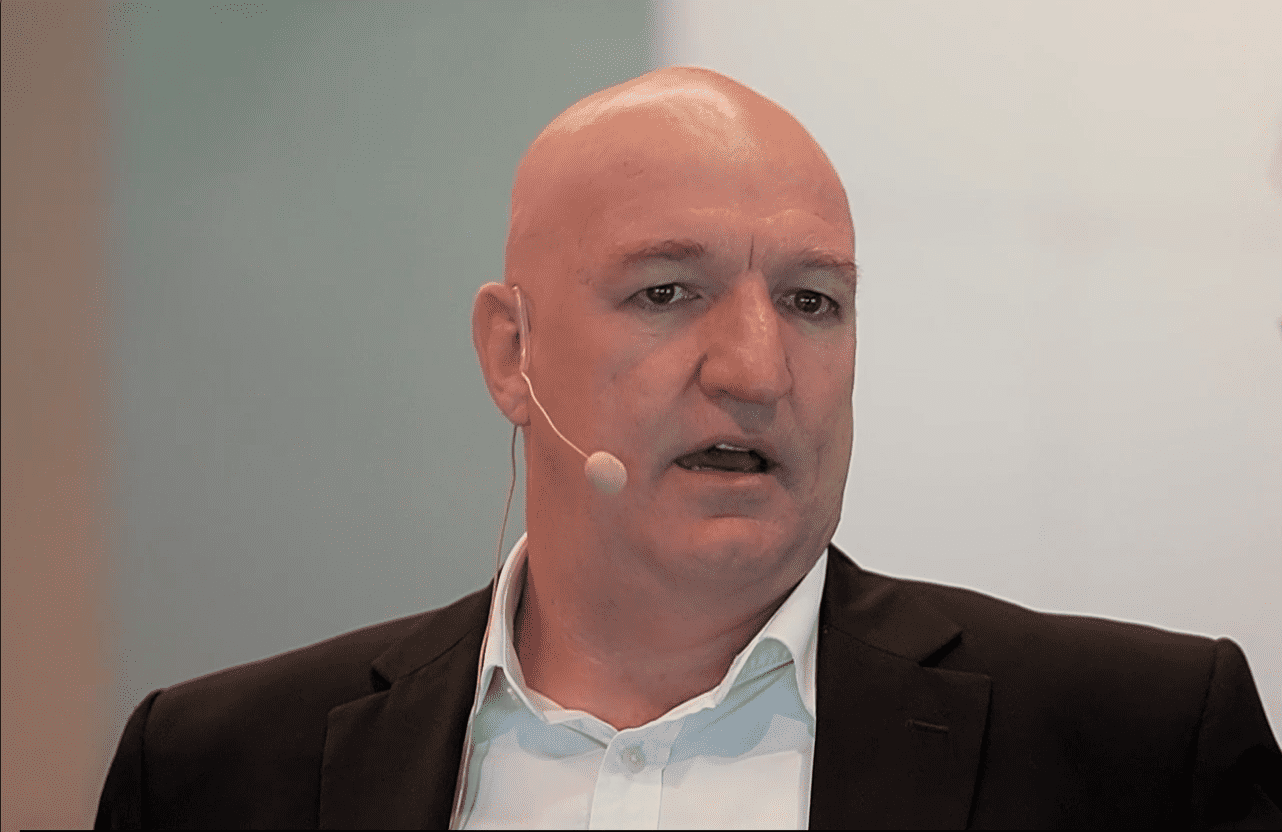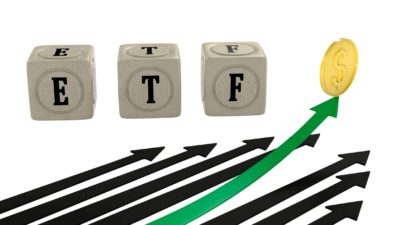The ASX-listed exchange-traded fund (ETF) space can be a great hunting ground for investors looking for a number of pleasing characteristics.
There are two funds that I want to highlight – the VanEck MSCI International Quality ETF (ASX: QUAL) and the Betashares Global Quality Leaders ETF (ASX: QLTY).
As the names suggest, both are based on global shares and focus on businesses with quality metrics.
I think they'd be suitable for investors for a number of reasons, so let's get into why they're unmissable to me.
Quality metrics
I believe that, over time, it's the quality businesses that are able to deliver strong returns regularly over the long term.
How are we supposed to judge which businesses are quality? There are a few metrics that each of these ASX ETFs focus on.
The QUAL ETF seeks three fundamentals: a high return on equity (ROE), earnings stability, and low financial leverage.
The QLTY ETF selects stocks for the portfolio based on a combined ranking on four metrics: ROE, debt-to-capital, cash flow generation ability, and earnings stability.
A high ROE shows that businesses make a high profit for the amount of shareholder money retained within the company. The higher the ROE, the more it implies that shareholders should want the company to reinvest for a high return.
Low debt means the business is more sustainable, less at risk of going out of business, and pays less interest to lenders.
If a company's profit doesn't decline, then that implies to me that the profit is regularly increasing. That may mean less market volatility and pleasingly more share price growth.
Diversification
Both of the ASX ETFs I'm highlighting offer investors plenty of diversification, in my view.
For starters, they both own a solid number of stocks, which is a good form of diversification by itself.
The QUAL ETF owns around 300 quality stocks from across the world.
The QLTY ETF has around 150 quality businesses in its portfolio internationally.
Both of these funds also have a lot of sector diversification.
There are six sectors in the QUAL ETF that have a double-digit weighting – IT (27.8%), healthcare (17.4%), industrials (12.9%), communication services (12.8%), financials (10.9%), and consumer staples (10.5%).
In the QLTY ETF, there are four industries with a double-digit weighting – IT (33.5%), industrials (17.8%), financials (10.7%), and consumer staples (10.1%).
These businesses are from a range of countries, not just the US, including Switzerland, the UK, Japan, the Netherlands, Denmark, France, Germany, Canada, and so on.
Strong returns
Ultimately, investing is about making returns, and both of these ASX ETFs have done well.
The QLTY ETF has returned an average of 12.9% per year over the last five years.
The QUAL ETF has returned an average of 14.6% per year over the last five years.
In my view, they are both excellent funds. I wouldn't necessarily say that an investor needs to have both, because the portfolio construction is quite similar. For my portfolio, I have invested in the QUAL ETF and I'm planning to buy more in the coming years.









